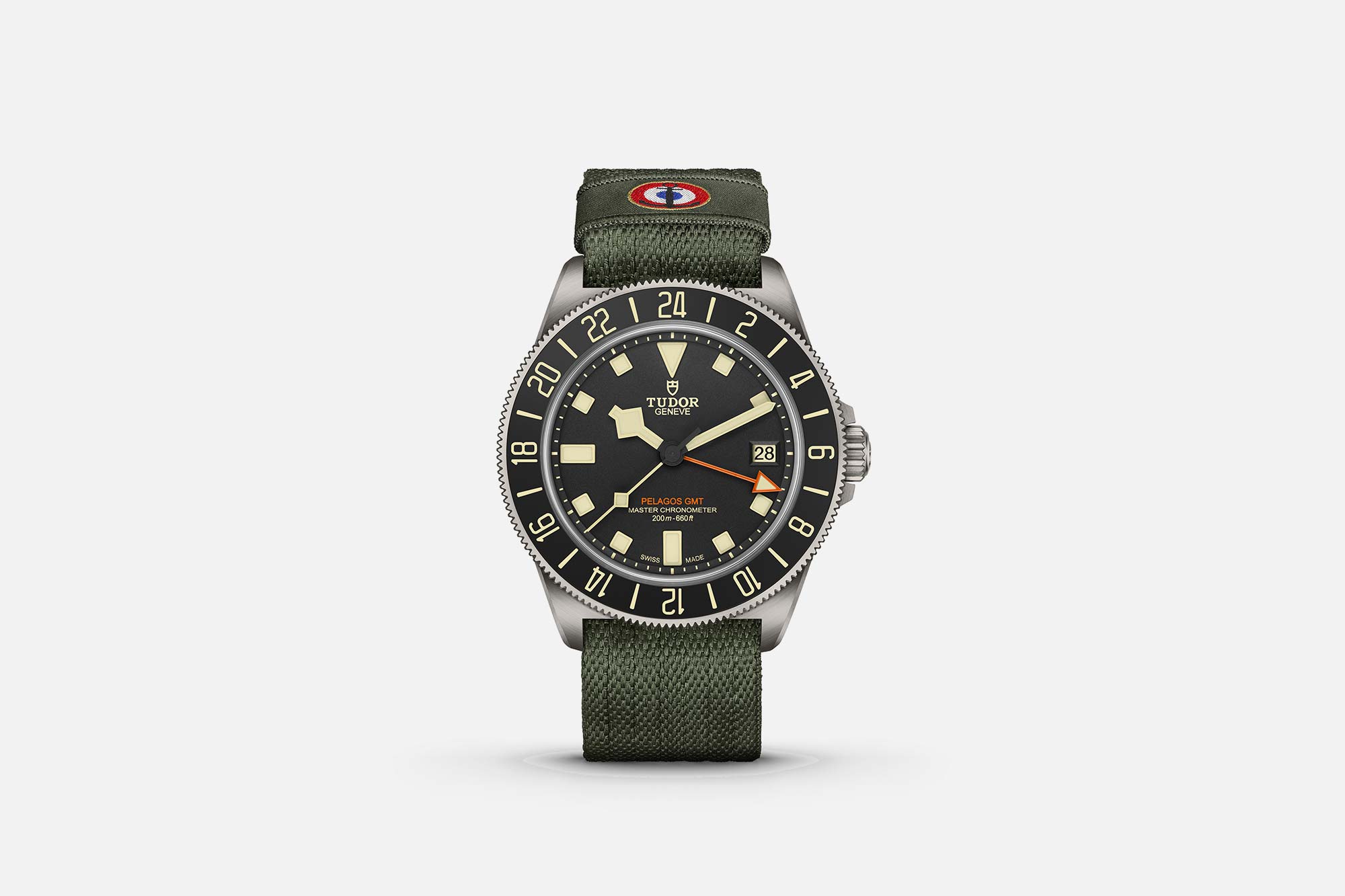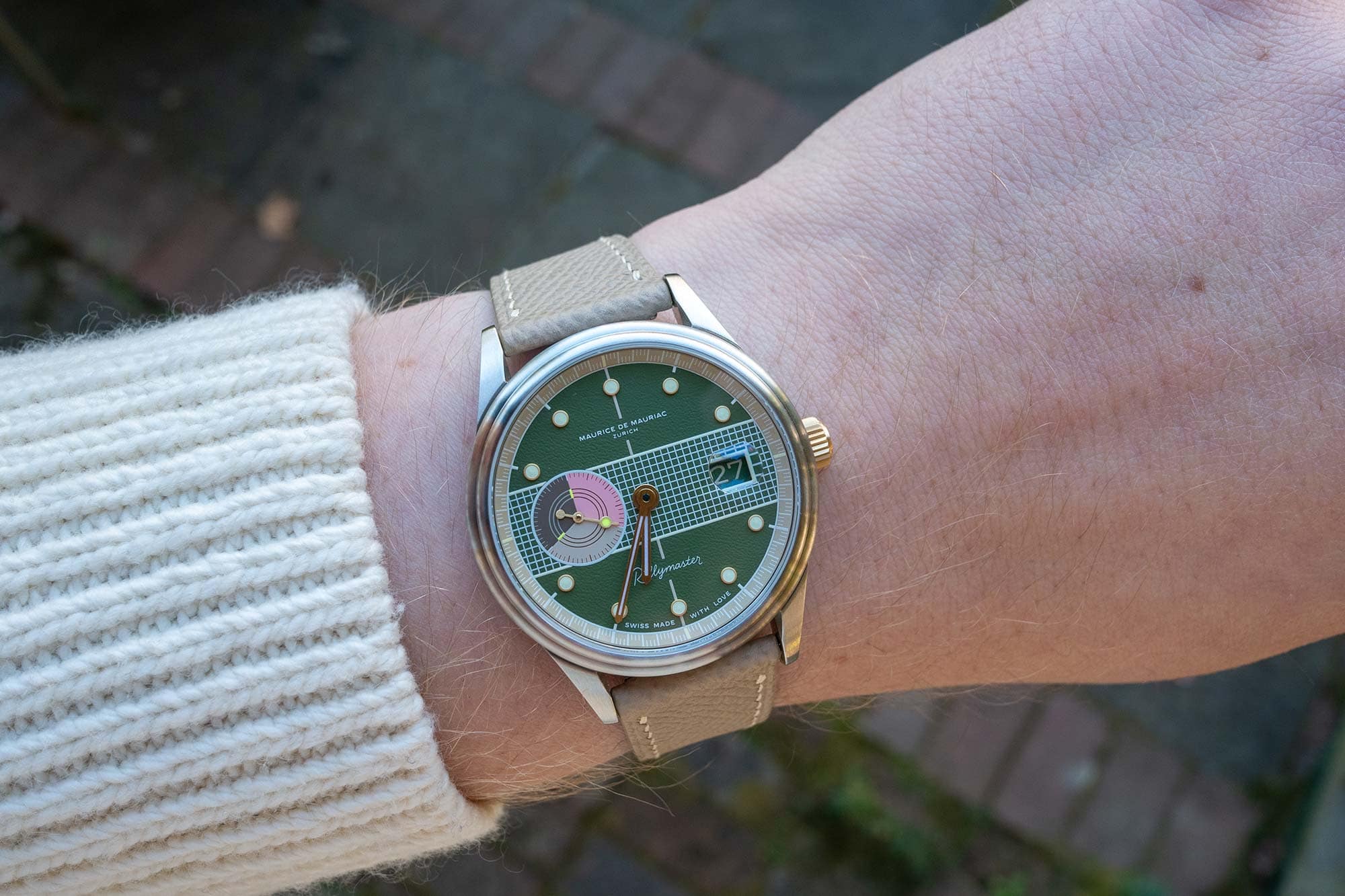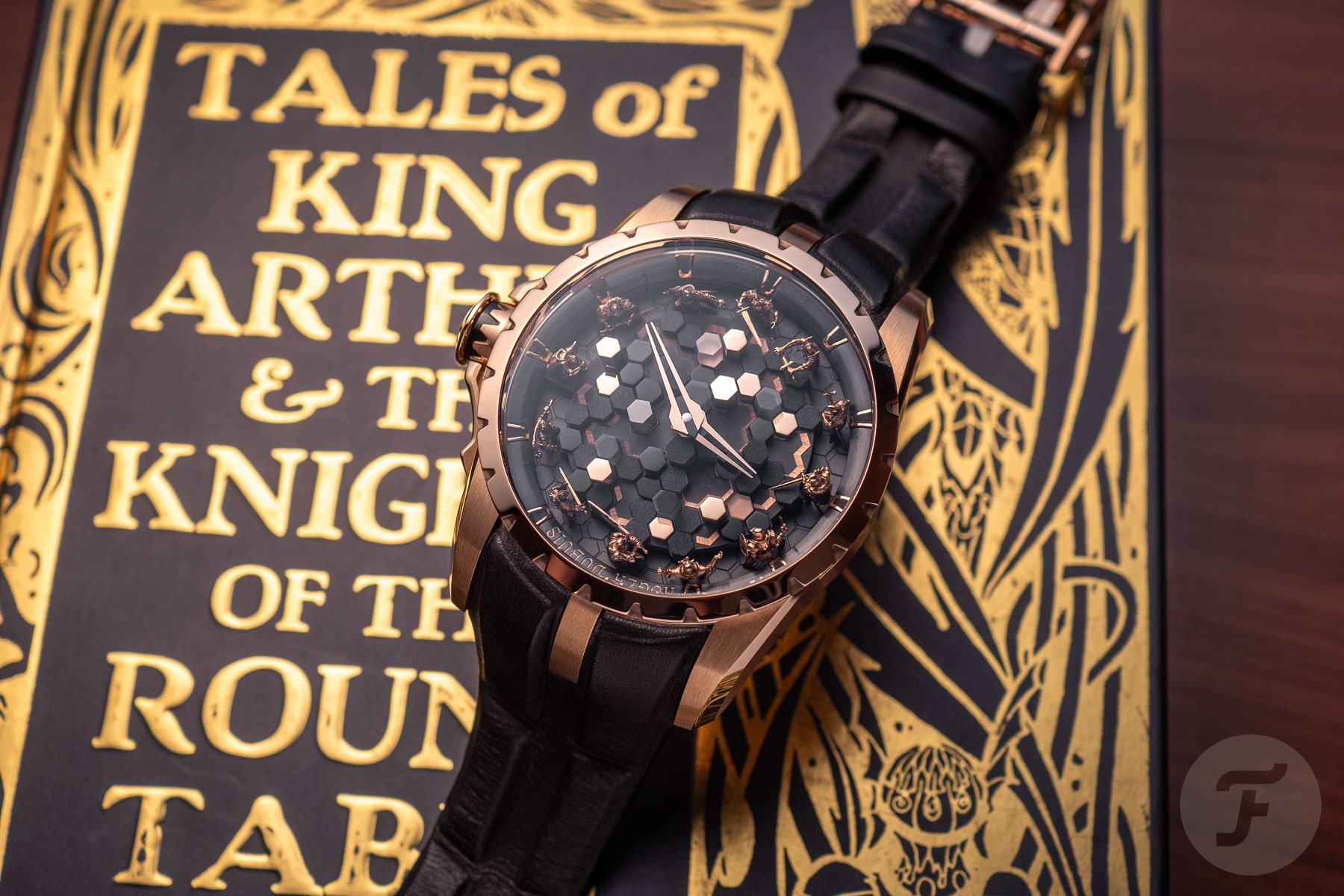Complete, Annual, And Perpetual Calendars, And Why They Are Different

Ever since the first clocks were created, there has been a desire to add complications. Moon phases and calendar functions were among the first, and as pocket watches and later on, wristwatches appeared on the scene, these complications were there too implemented relatively quickly. While the impact of the moon in modern-day life dwindled for most people, knowing the day, date, and month became more and more important, in part explaining their continued popularity.
There are several ways in which a calendar function can be executed in wristwatches. The most basic, and popular, one, is simply showing just the date through either a window in the dial or with a hand. This latter is often referred to as a so-called pointer date. A complete, or full, calendar offers you additional information. There are quite a few varieties these days, but the most classic combines a day and date indicator, either as a subdial or a window, with a moon phase. These watches often have a classic appeal, with the downside that they need to be manually corrected at the end of every month that doesn’t have 31 days.
While it seems to be a small effort to do so, the technical ingenuity demanded to create a perpetual calendar, which would automatically correct itself for months with less than 31 days, as well as leap years. It was British watchmaker Thomas Mudge who first created this complication for a pocket watch in 1762. It wouldn’t appear in a wristwatch until Patek Philip...
| -------------------------------- |
|
|
Introducing – The Bremont Terra Nova 40.5 Date Caramel Limited Edition
31-10-2024 04:00 - (
Luxury Watch )












